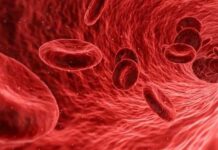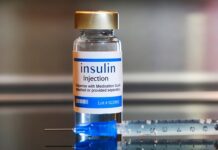An investigational treatment pioneered by a Duke Health pediatrician resulted in a one-year survival rate of 77% among children born with a rare condition in which they lack an immune system.
The treatment, using cultured thymus tissue (CTT), has been studied at Duke since 1993 for babies born without a thymus gland, which produces the all-important T cells that are key to fighting infections. Without treatment, babies born with the rare condition, called congenital athymia, are vulnerable to fatal infections and do not survive beyond early childhood.
“The survival rates for CTT are encouraging and give families hope that their children could live full lives,” said Louise Markert, M.D., professor in the Department of Pediatrics at Duke and lead author of a study published in the Journal of Allergy and Clinical Immunology.
Markert, a pediatric immunologist, launched the therapy in 1993 using donated thymus tissue that was otherwise routinely discarded as a byproduct of other procedures. Her initial approach involved implanting pieces of the tissue in the thigh—seeding it in well-vascularized muscle in a manner she likened to planting tulip bulbs.
Early successes demonstrated the potential for the therapy, as bone marrow stem cells navigated to the implanted thymus tissue to develop into T cells. Markert further honed the procedure over the years and the treatment now uses engineered human tissue, which is under FDA review. Enzyvant Therapeutics has licensed the technology and is seeking FDA approval; Markert and Duke have financial ties to the company. The published analysis includes 105 patients who received the therapy over more than 25 years. Ninety-five patients diagnosed with congenital athymia were included in the efficacy analysis. Of the patients who survived past one year, the survival rate was 93% at a median follow-up of 10.9 years.
Some of the surviving patients developed alopecia, autoimmune hepatitis, psoriasis, and psoriatic arthritis after the first year.



























